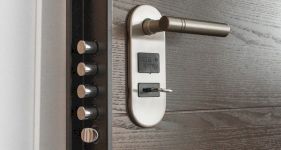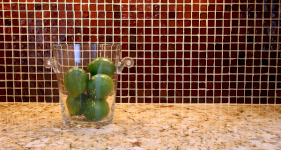Be Ready for Snow this Winter
'Tis the season for ice and snow, and the weather warnings over the weekend proved to be in place for good reason, as much of the UK was inundated with snow and ice. With more snow and ice expected over the coming weeks, it's important to ensure homeowners are prepared.
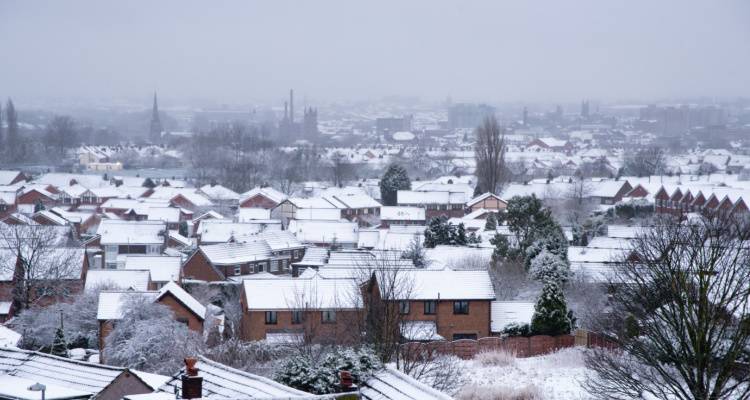
Here at MyJobQuote, we've created this guide on how to be ready for snow this winter. Here, you will learn everything you need to know to ensure your family and your property remain safe and protected throughout the entire winter season.
How to Be Ready for Snow
Take a look below to find out more about how to protect your home and be ready for snow.
Insulate The Roof
Did you know that you lose up to a quarter of your home’s heat through the roof?
Getting roof insulation will help you to keep more heat in your home and will also help to keep your energy bills down. Keeping the inside of your home warm is essential when snow is expected, as the outdoor temperatures will plummet.
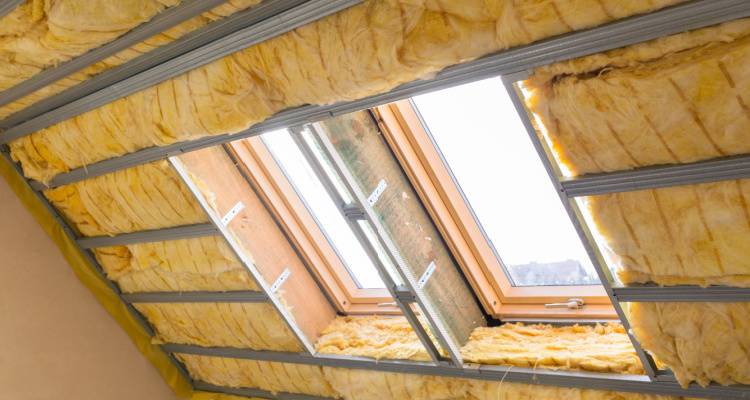
Even if your roof is already insulated, it would be worth checking if your current insulation meets the recommended 250mm to 270mm depth before the snow hits.
Properly fitted insulation can last for up to 40 years. Since it usually costs around £285 - £425 to install loft insulation, you can expect it to pay for itself many times over its lifespan. Plus, you'll also save a lot on your energy bills.
Clean Out Your Gutters
Your gutters have a job to do, and that's getting water away from your roof and down the drain. If your gutters are blocked with dirt, leaves, or other debris, they won't be able to work effectively.
You will be able to identify issues with your gutters, such as if rainwater starts running down the side of your house or if you notice some discolouration on your property walls. Most of the time, blockages are caused by leaves, twigs, moss, or bird's nests.
Water build-up can lead to dampness and mould. With this in mind, it's important to ensure your guttering is working properly so rainwater can be effectively drained away from your home.
When the snow from your rooftop starts to melt, a lot of water will need to be drained from the roof, so it’s essential that your gutters are cleaned.
Lag Your Pipes
When the weather turns snowy and icy, this is when you’re most likely to experience a burst pipe. Uninsulated pipes in colder parts of the home, such as the loft or basement, are the most likely pipes to burst.
Insulating tubes are pretty low in cost, and you can purchase these from most DIY shops. Wrapping your pipes before the weather gets too cold is essential as this will prevent the pipes from freezing and will also prevent heat loss.
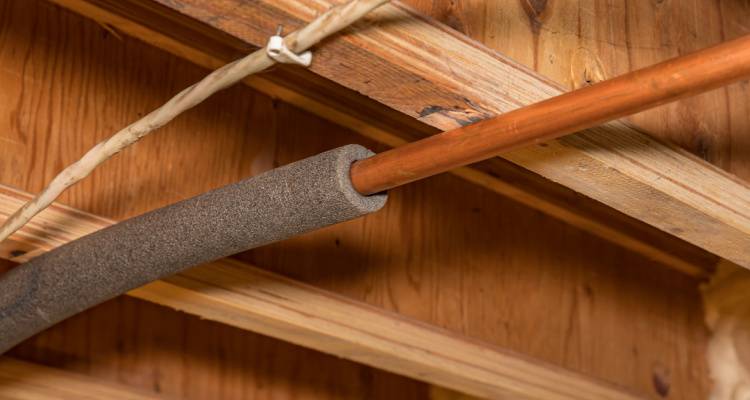
Make a particular effort to insulate the pipes that take hot water from your cylinder or boiler and transport the water to your hot water taps.
These pipes are usually located next to your boiler, in your airing cupboard, and under your bathroom and kitchen sinks. After all, you don’t want to be left with no hot water or heating due to a frozen or burst pipe.
Allow Your Faucets to Drip
If snow and ice are predicted, it's best to turn on any faucets that are along the exterior wall and allow them to drip.
Allowing your faucets to drip will eliminate the pressure from building between your tap and prevent any potential ice blockages. This means that, even if the pipe does freeze, it will be much less likely to burst.
Fix Any Exterior Cracks
Before snow or ice hits, you should take some time to inspect your home's exterior and look for any holes or cracks. If you notice any imperfections, these should be dealt with before the first frost comes along.
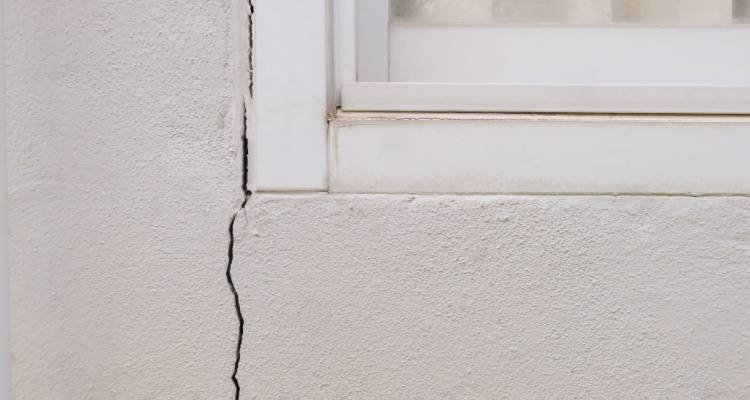
Fill any imperfections with caulking and spray foam insulation to help prevent the cold air from getting into your home or to the pipes in the walls.
Check The Roof
If you are expecting snow and ice in your area, it’s important to ensure your roof is ready to handle it. Now is a good time to get a professional roof inspection. During the inspection, a professional roofer will look out for things like broken slates and tiles, debris, chimney damage, and issues with your flashing.
The sooner you can deal with roofing problems, the better, as they will only get worse over time. Plus, ice and snow can make these issues much worse. This is why it's essential to try to identify and fix any roofing problems before the weather turns for the worse.
Get Rid of Draughts
Ice and snow can bring very cold outdoor conditions, which can make the inside of your home feel much colder than usual. Invest in some weather stripping to help keep the colder air outside and the warm air inside. Weather stripping is cheap to buy and easy to fit, and it can even help improve your home's heat efficiency.
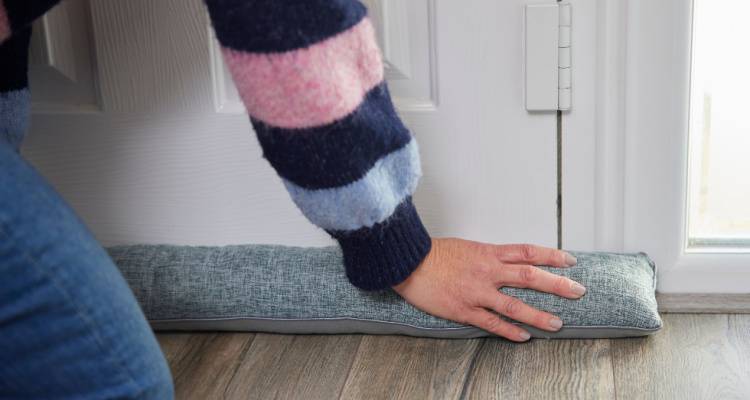
The most common places for draughts include around windows and doors, vents, mains supply lines, and letterboxes. Check these areas for air leaks and deal with any draughts accordingly.
Check out this guide about how to draught-proof your home.
Invest in Some Grit
It’s a good idea to invest in some grit for your driveway and pathways. This will help to ensure that you can walk and drive around your property without the risk of sliding over. Ice can be very dangerous, so it’s best to apply some grit around your property to be on the safe side.
Use grit in combination with a snow shovel to ensure your property is safe during freezing conditions.
Consider Where You're Parking
If possible, try to park your vehicle under a cover or in a garage to help ensure that it remains safe.
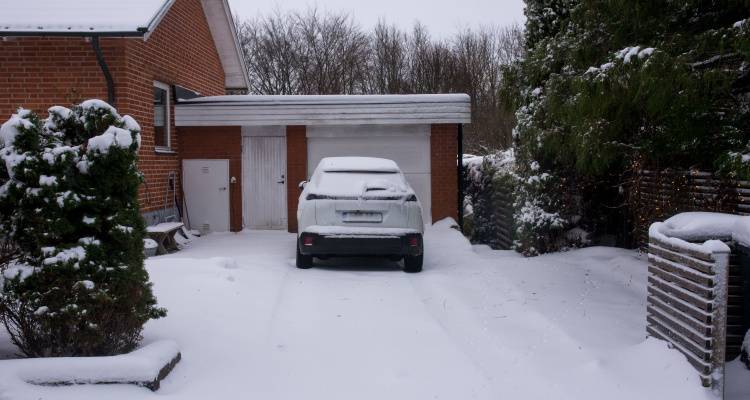
If you have to park your vehicle out in the open, make sure it is kept away from any buildings or trees where falling clumps of ice or snow could result in some bad damage.
Keep Your Home Warm
It’s best to keep your heating on when the weather is bad. This will ensure that your home stays warm and water remains running through the pipes.
If you are planning to go out or go away during freezing weather, keep your heating on to ensure everything continues ticking over smoothly. Keeping your heating on at a temperature between 18 – 21 degrees will help to keep your home above freezing and will ensure it remains damp-free for when you return.
Get Some Emergency Goods
Whenever ice and snow are forecast, the first thing many people do is run to the shops to grab emergency supplies. You can avoid the retail rush by keeping some emergency supplies on hand at your home. Also, in the event that you get snowed in, emergency supplies can be extremely useful.
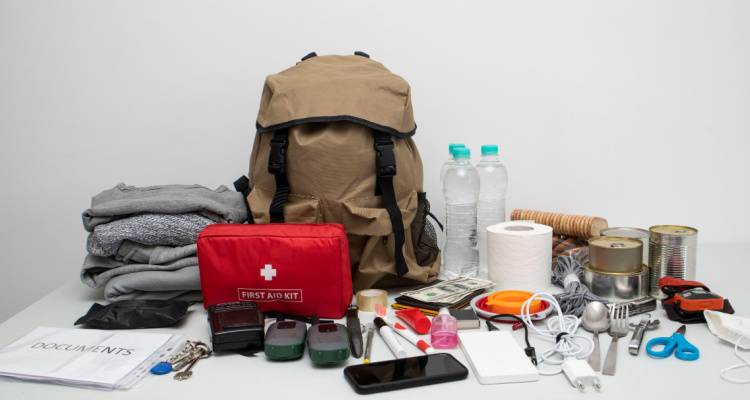
Here’s a list of ideas of things to keep in your emergency supply:
- Drinking water
- Non-perishable foods
- A Torch
- Spare batteries
- Warm clothing
- A first-aid kit
- Blankets
- Candles
- Matches


